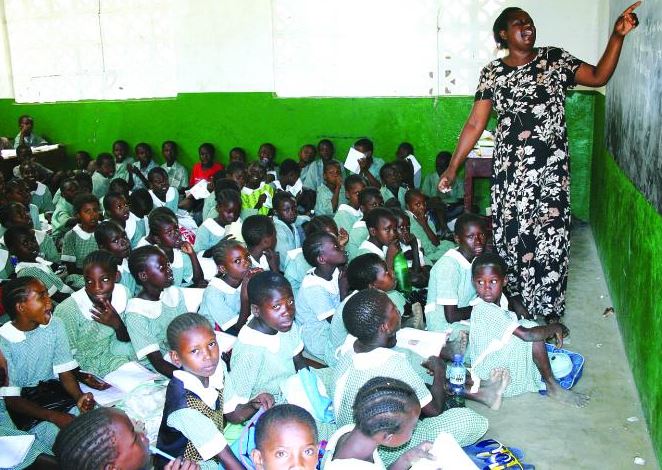×
The Standard e-Paper
Home To Bold Columnists

The government is rolling out a major infrastructure plan in public schools to solve the social distance challenge, which is the biggest obstacle to opening of schools.
Education Cabinet Secretary George Magoha has that said a Sh8.2 billion project to construct additional facilities in select schools, is ongoing.